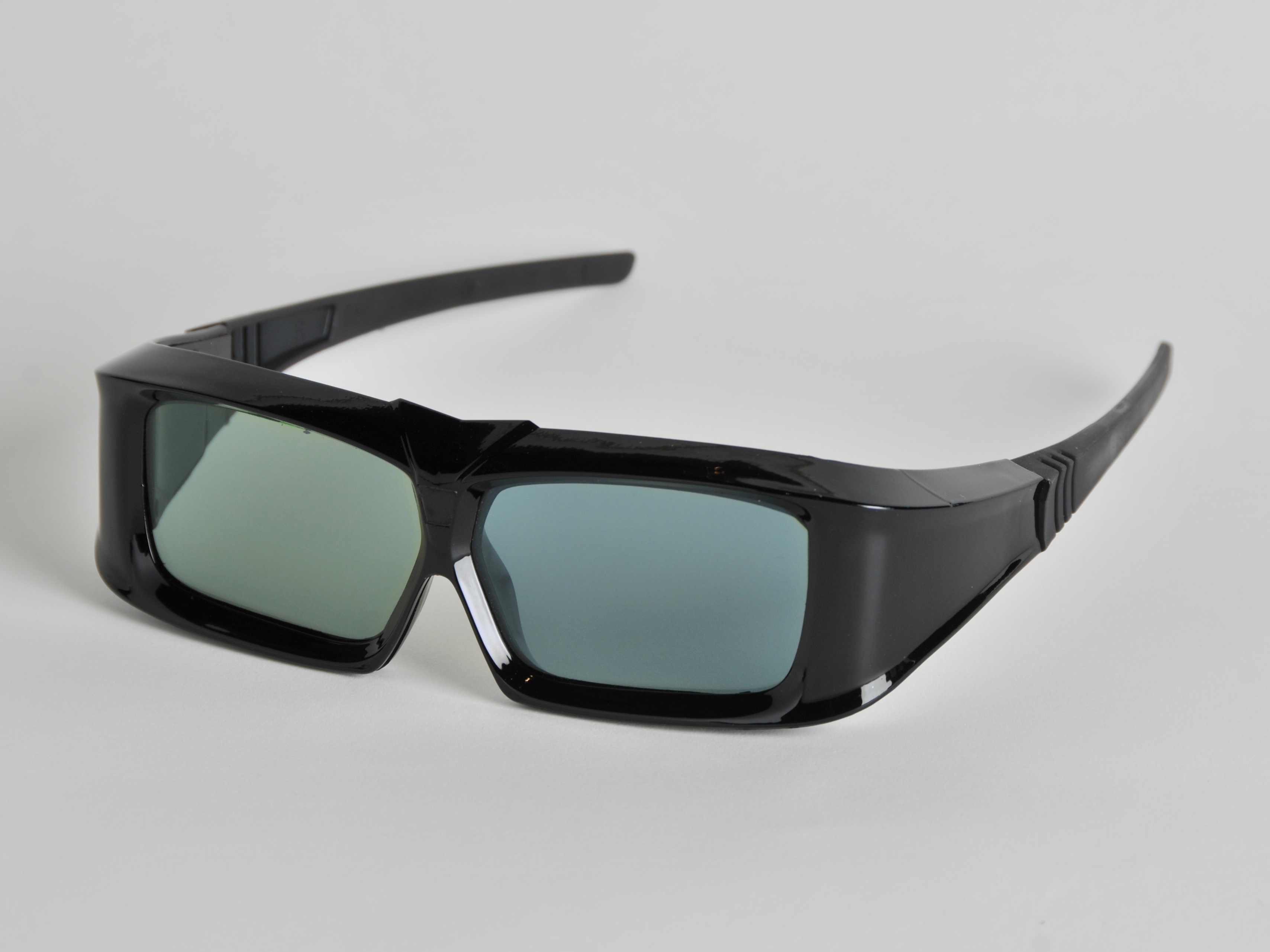XpanD launches 3D glasses for any 3D TV

The technology used to create 3D images is the same on every TV, with slight differences in the implementation of the special glasses needed to make your eyes see the separate left and right images as one.
A major oversight, you might think, by the AV brands driving 3D take-up. It's expected that future generations of 3D TVs will see a universal standard for glasses but relief is already at hand for anyone wanting to buy specs that will work on any brand of TV.
US 3D specialist XpanD has launched its X103 active shutter glasses, which are retailing for $129 in the US and imminently due on sale in the UK.
XpanD (as a long track record in theatrical 3D presentations and now has more than 3,000 screens worldwide including a large presence in North America and continental Europe, and more than 99 per cent of the Japanese market. And it's the knowledge and skills the company has built up during this time that XpanD CEO Maria Costeira believes puts it ahead of the game now that it is entering the home cinema market with its active shutter glasses.
"People think it's 'just glasses'. This isn't a glasses business; it's a piece of high-, high-, high-technology. It's probably more complex than your TV… We've already had a steep learning curve about what 3D glasses should face in day-to-day life what with kids, sanitation, sizing, weight, and all those things," Costeira told Home Cinema Choice magazine during an exclusive briefing about the X103 glasses.
Designed to work with 3D-ready LCD laptop and desktop monitors, DLP, LCD and plasma televisions, XpanD believes that its new active shutter glasses finally deliver the consumer tech holy grail of truly universal 3D glasses.
"Once you have a 3D TV channel the glasses receive a signal, for the next three-to-five seconds they scan the signal and when they find which wave that TV is on they sync in," explained Costeira.
Sign up for breaking news, reviews, opinion, top tech deals, and more.
Boasting compatibility with "virtually anything capable of playing 3D-encoded content at 120fps" the X103 3D specs certainly sound like an enticing proposition, but can they possibly live up to the claims?
"Basically, I say 99 per cent, because I never say anything is 100 per cent sure in life" says Costeira about the cross-compatibility of the glasses. "With the big brands, there are not many scientific reasons why they would deviate from certain rules regarding the standardisation of certain devices. So, with that, I don't think that there's a great chance of something coming up that the glasses cannot work with."
As for the 3D glasses currently shipping with TVs from consumer electronics manufacturers, the problem, claims Costeira, is "everybody wants to do it cheap."
The difference between Caucasian and Asian head sizes lead one TV maker to design glasses that are open at the side. But the basic rule of 3D is that you need darkness, so the last thing you should ever do is open your glasses and allow light to enter there.
Another issue is that "there are different formulas for the liquid crystal cells and the true value of the lens is the tricks to the formula – when it opens, when it closes, the refresh rate, colour, contrast – that's what makes the difference. With XpanD's Pi-Cell we've had years and years of improving it. So ours are a totally different technology, totally different leagues. They just cannot compare."